When the temperatures rise during a heat wave, it’s not just us humans who feel the heat—our indoor plants suffer too. With rising global temperatures, it's becoming increasingly important to know how to care for our green friends during these hot periods. Here’s a comprehensive guide on how to protect your indoor plants during a heat wave, ensuring they not only survive but thrive.
1. Understanding Your Plant’s Needs

Each plant species has unique requirements and tolerances to heat. Understanding what your plants need is the first step in protecting them. Tropical plants may tolerate higher temperatures, whereas others like ferns, may suffer in prolonged heat. It's crucial to research each plant's specific needs regarding temperature, humidity, and light.
2. Adjust Watering Habits

During a heat wave, the watering demands for indoor plants can increase significantly. However, more water doesn't always mean healthier plants. It’s important to assess the moisture level of the soil before watering. Overwatering can lead to root rot and other issues. A good rule of thumb is to water deeply but infrequently, ensuring the water reaches the roots where it’s most needed.
Also Read- Breathe Easy With These 7 Amazing Air-Purifying Indoor Plants
3. Increase Humidity

Many indoor plants, particularly tropical varieties, thrive in high humidity. Heat waves can dry out the air in your home, which can stress your plants. You can increase humidity by:
- Using a humidifier.
- Placing water trays near your plants.
- Grouping plants together to create a microenvironment of shared humidity.
- Regularly misting the plants with water.
4. Provide Shade and Protect from Direct Sunlight
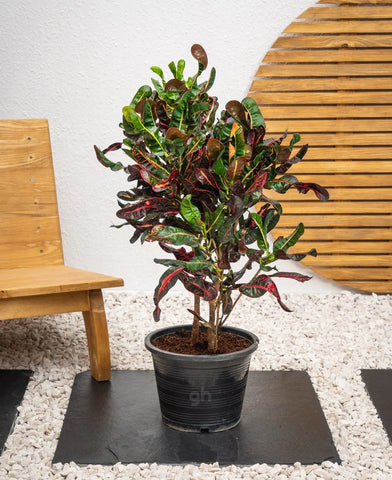
While indoor plants like Fiddle Leaf Plant need light, direct sunlight can scorch their leaves, especially during a heat wave. If your plants are near windows that receive intense sun exposure, consider moving them to a shadier spot or using sheer curtains to diffuse the light.
5. Maintain Air Circulation
Proper air circulation is essential for keeping your plants healthy, especially in hot conditions. Stagnant, hot air can exacerbate the heat stress on plants. Use an oscillating fan to keep the air moving but ensure it’s not pointing directly at the plants, which can dry them out too quickly.
6. Check for Pest Infestations
Heat and humidity can lead to an increase in pest infestations, which can further stress your plants. Regularly inspect your plants for signs of pests and treat infestations promptly to prevent them from spreading or causing significant damage.
7. Adjust Fertilization

During a heat wave, plants may be stressed and grow more slowly. It's advisable to reduce the frequency of fertilization to avoid burning the roots or over-stressing the plants. Opt for slow-release fertilizers that provide a steady supply of nutrients over time.
8. Monitor Soil and Repotting Needs
Heat can dry out the soil more quickly, but it can also compact it, affecting its ability to hold moisture and nutrients. Check if your plants need repotting into a larger pot with fresh, high-quality potting soil that retains moisture better and provides adequate nutrients.
9. Be Mindful of Air Conditioning
While air conditioning can make the environment more bearable for you, it can create challenges for indoor plants by reducing the room’s humidity and temperature drastically. Try to keep your plants in rooms where the temperature fluctuation is minimal.
For more detailed information on caring for specific plant types during extreme weather, refer to resources like the USDA’s Plant Care Database.
Conclusion
Caring for indoor plants during a heat wave requires attentiveness and adaptability. By understanding your plants' specific needs, adjusting their watering schedule, ensuring adequate humidity and shade, and monitoring for pests, you can help your green companions not only survive but flourish during the hot days. Remember, the well-being of your plants during a heat wave can be managed effectively with the right strategies and a bit of extra care.


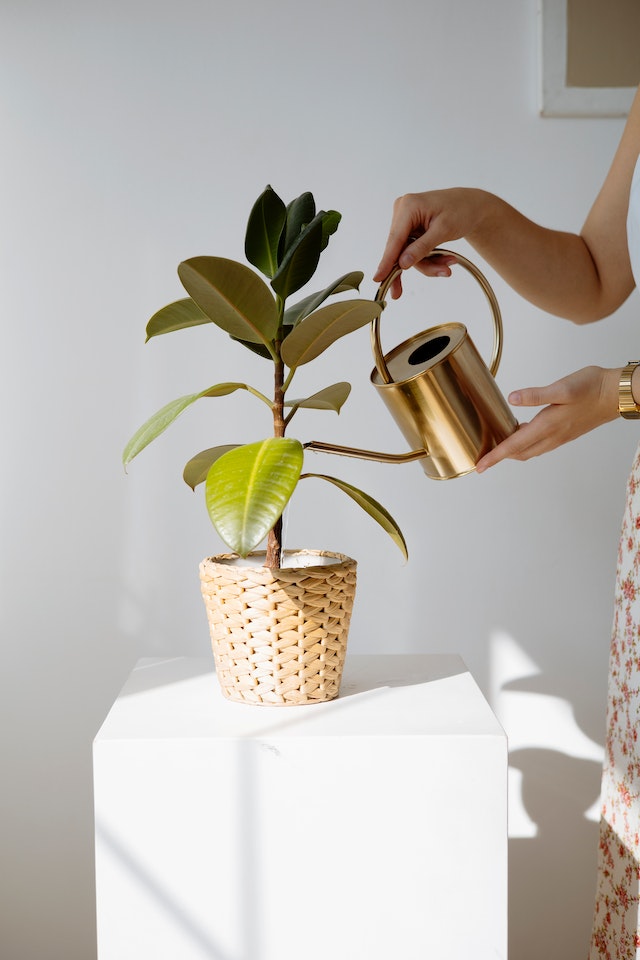


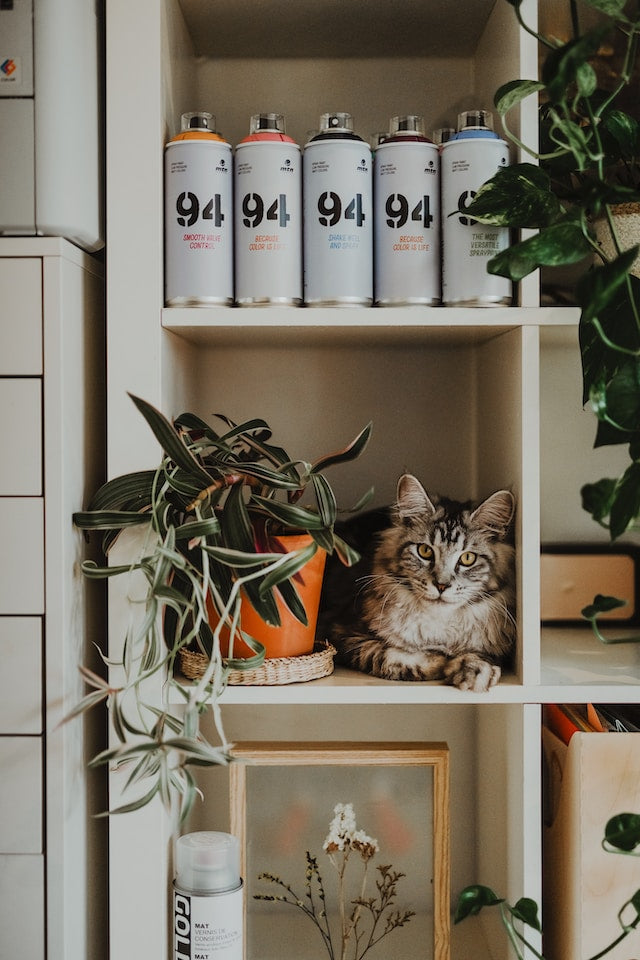
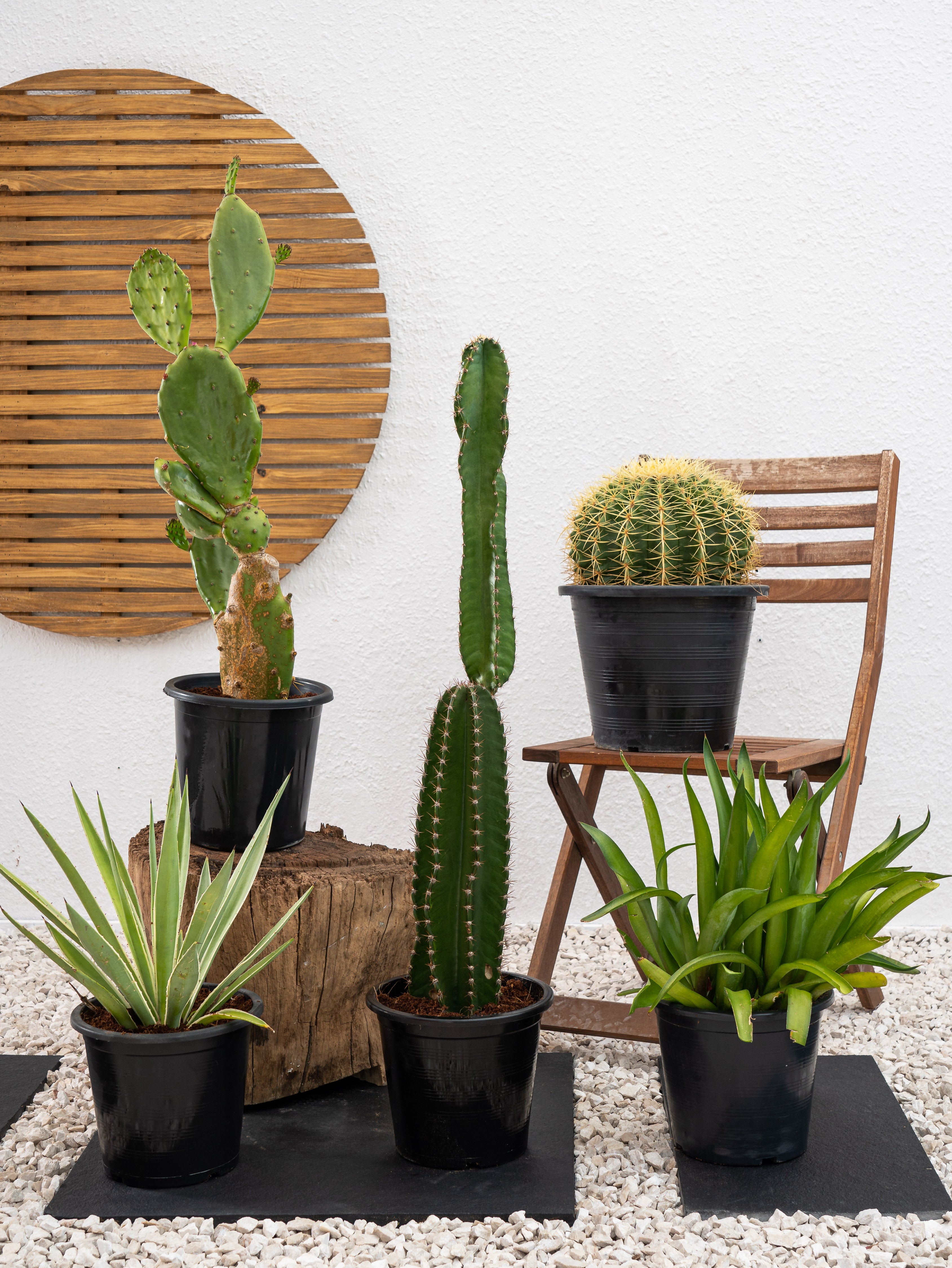
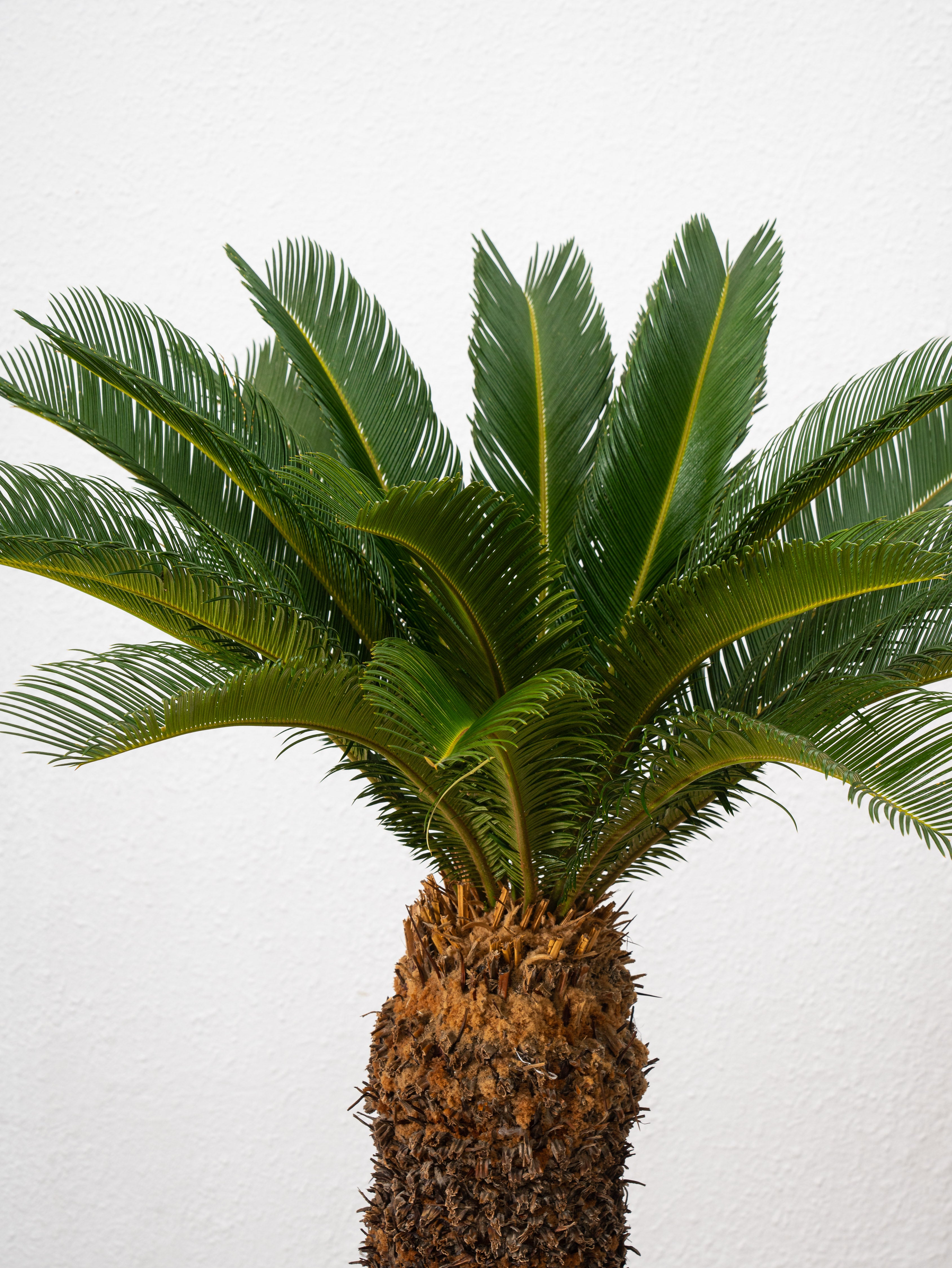

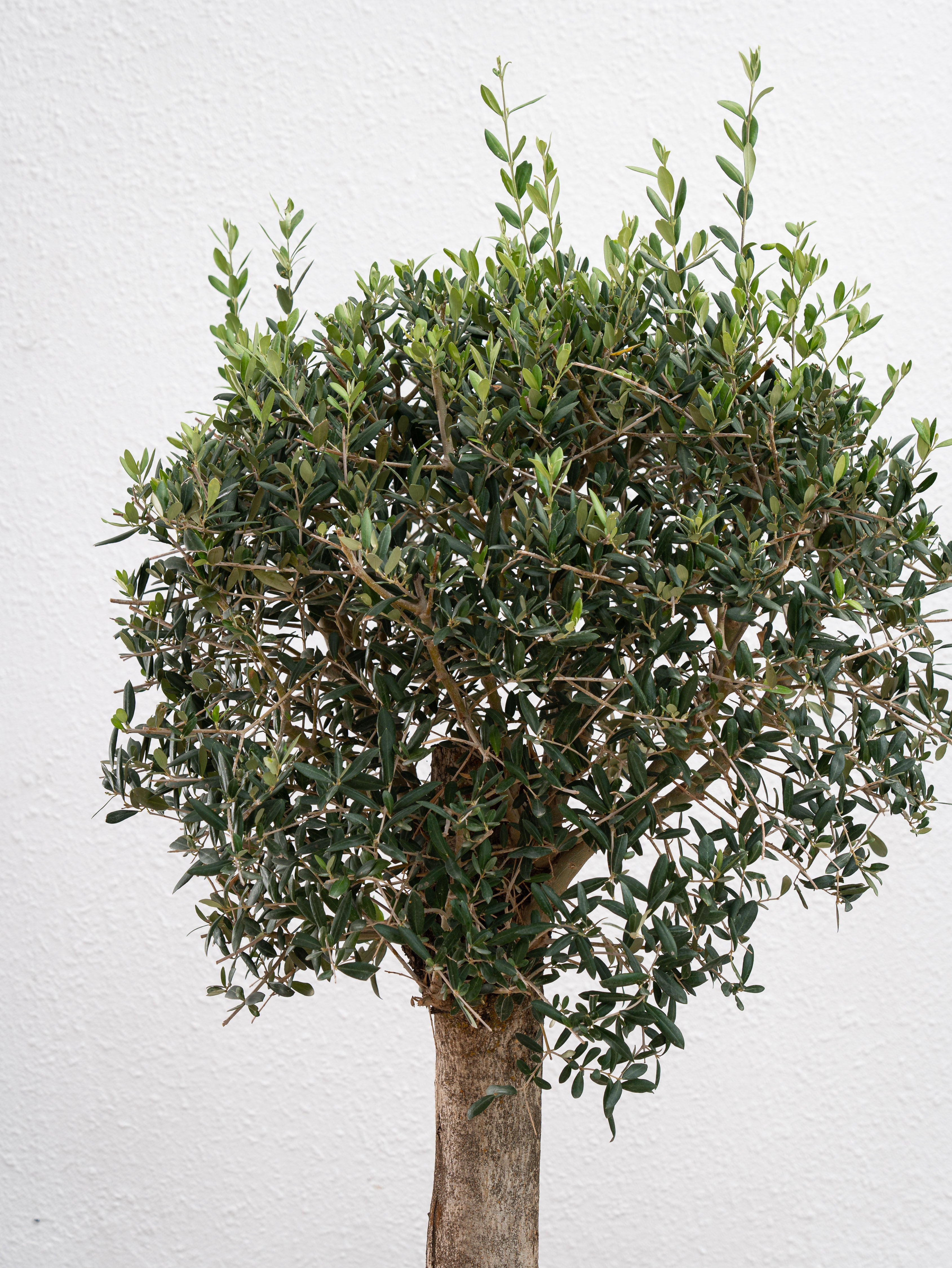


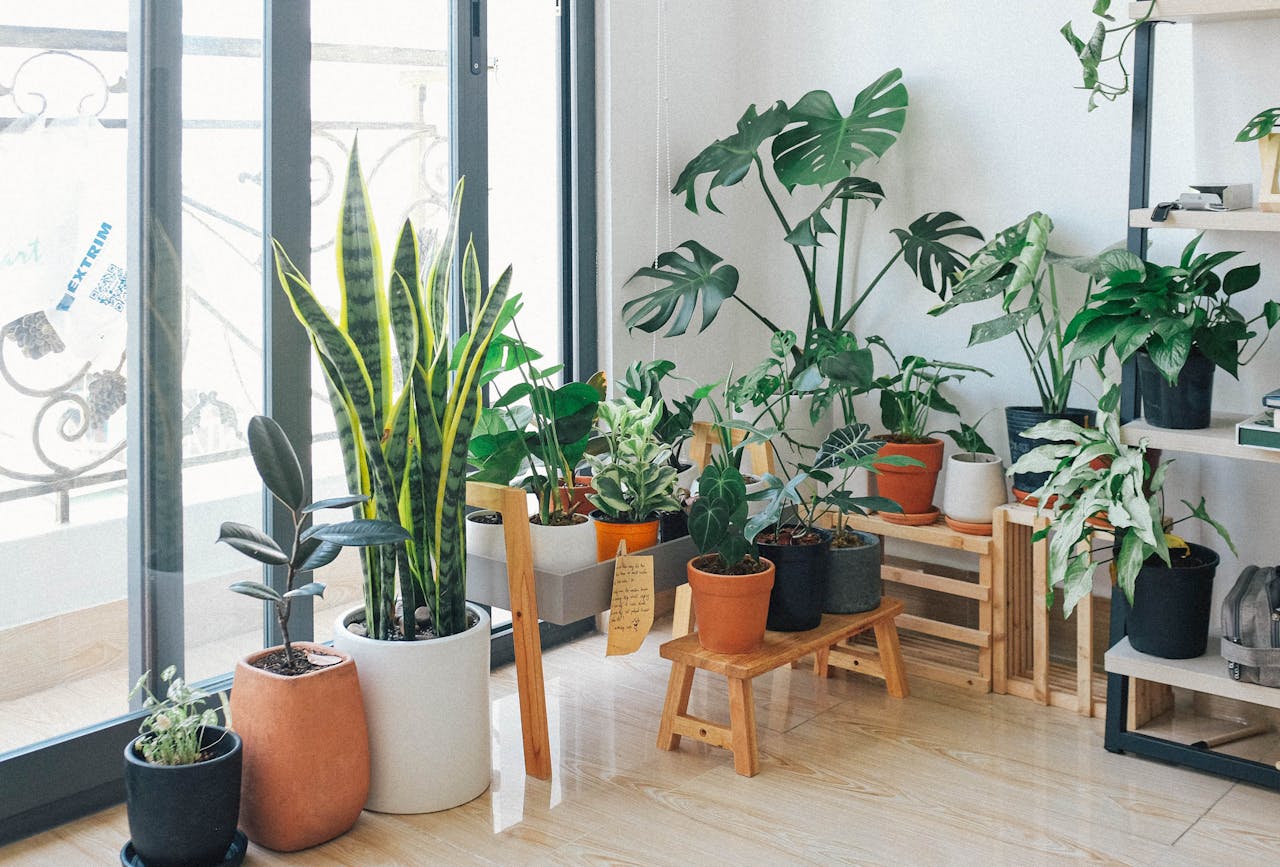
Leave a comment
This site is protected by hCaptcha and the hCaptcha Privacy Policy and Terms of Service apply.